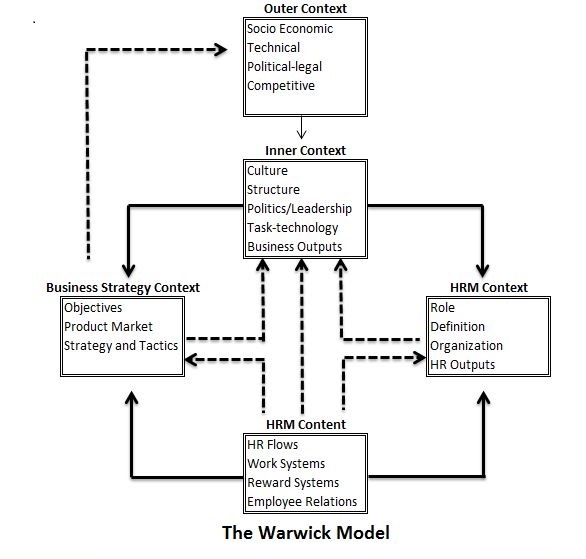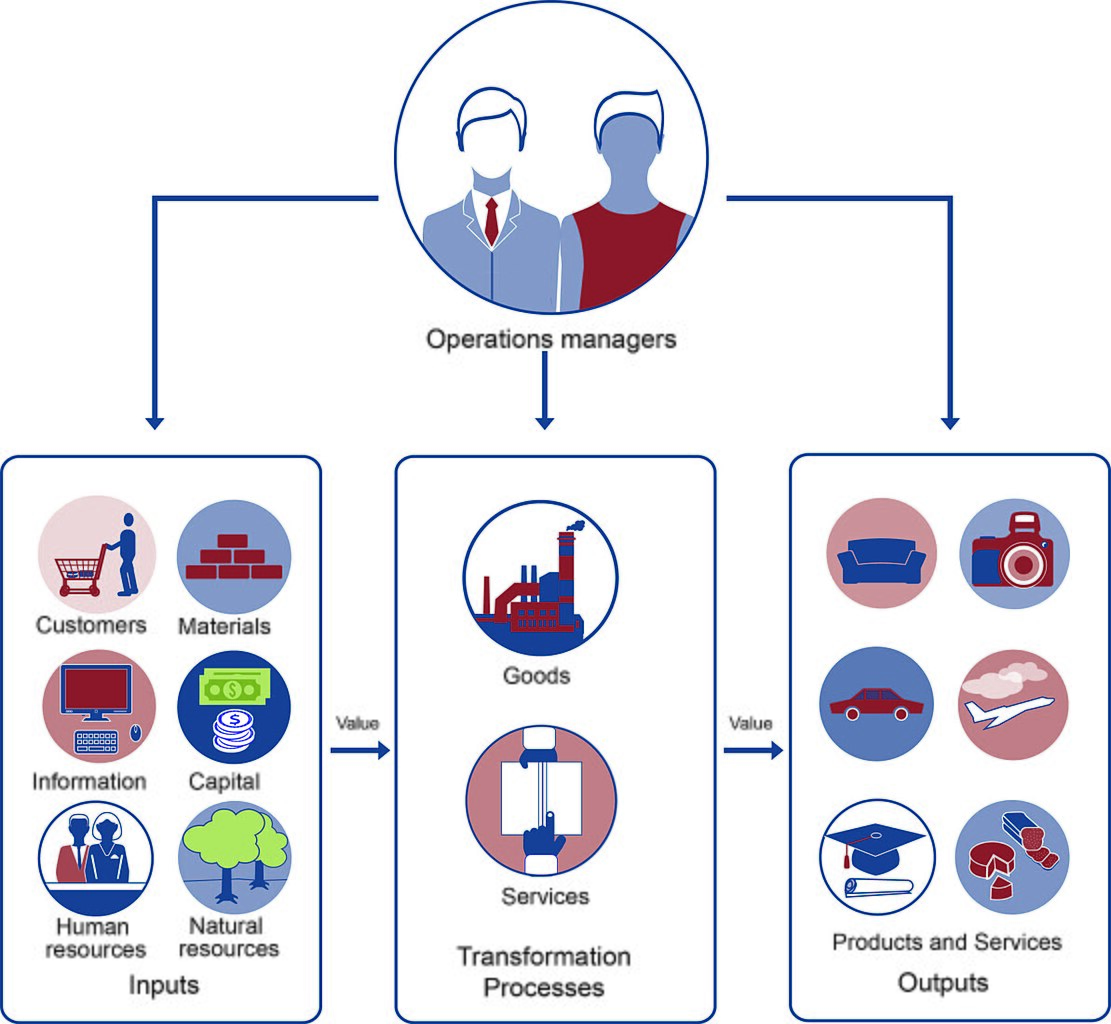
Digital transformation is changing how HR handles its most important resource: people. But here's a surprising fact—70% of these initiatives don't hit their goals, often because the human side gets ignored. In this article, we'll look at the main hurdles in HR's digital transformation. We'll cover both tech issues and human challenges that can slow things down. We'll talk about getting to grips with digital tools and dealing with the human side of change. Plus, we'll see how HR teams can find their way through this tricky process. We'll also look at how to track the success of these efforts and tackle some common questions. Whether you're in HR or leading a business, knowing these challenges is key to making the most of digital transformation in your company. Let's get started!
Summary: Dieser Artikel beschreibt die Herausforderungen und Erfolgsfaktoren der digitalen Transformation im HR-Bereich mit Fokus auf technologie- und menschenzentrierte Aspekte. Es werden Schlüsselthemen wie die Messung des Erfolgs und häufig gestellte Fragen behandelt.
Understanding Digital Transformation in HR
What is Digital Transformation in HR?
Digital transformation in HR involves leveraging new technologies to overhaul traditional HR processes. It aims to make HR more agile, data-driven, and employee-centric. This transformation goes beyond mere task automation; it strategically integrates technology and data to empower HR.
Key tools facilitating this shift include:
- Cloud HCM Software
- AI Systems
- Self-Service Portals
These tools enable HR to focus on areas such as employee development and performance management. The transformation incorporates digital solutions like Applicant Tracking Systems, AI for candidate screening, centralized HR applications, and chatbots to enhance hiring, engagement, and communication processes.
For employees, this means easier management of tasks like leave and benefits through self-service options, and a more participatory role in decision-making. For instance, cloud-based HR software can streamline payroll and recruitment processes while providing employees with a portal for managing their HR-related activities.
Why Digital Transformation in HR is Crucial
Adopting digital solutions in HR streamlines operations and enhances efficiency. It reduces paperwork and eliminates outdated systems, resulting in cost savings and allowing HR to concentrate on strategic objectives.

Digital transformation personalizes and makes HR services more accessible through AI and self-service options, which increases employee satisfaction and engagement. Real-time data usage enables HR to make informed decisions aligned with business objectives. It enhances talent acquisition and retention by improving recruitment processes with AI and providing insights into employee performance.
Moreover, digital transformation helps organizations remain adaptable by accelerating customized training, preparing employees for future roles. However, many HR teams are slow to embrace these changes, highlighting the need for a cultural shift, leadership support, and a robust implementation plan.
Key Challenges of Digital Transformation in HR
Overcoming Resistance to Digital Transformation
Change can be tough, especially when it involves digital transformation in HR. People worry about job security, especially when AI gets involved. It’s natural to feel uneasy about shifting from the old ways.
HR teams need to create ways for humans and AI to work together. Clear communication helps a lot. By explaining the benefits of going digital and involving employees in decisions, HR can ease worries. Workshops and training are key to showing how new tech can boost efficiency and job satisfaction.

For example, when an HR team introduced AI for performance management, some employees were worried about fairness. But with open talks and training, they got past this hurdle.
Building Technical Confidence in HR
Not everyone in HR feels confident with tech, and that’s a hurdle in digital transformation. Many HR folks need to learn the basics of AI to lead changes effectively. Gartner found that while most HR leaders know transformation is needed, only a few have a full digital plan. This shows a gap in confidence or readiness.
Learning about tech and AI is vital for HR to be trusted voices in their companies, ensuring AI supports rather than replaces human roles. Companies should invest in training and workshops for HR. Partnering with tech vendors can also help build confidence and ensure success. A culture of continuous learning keeps HR teams up-to-date with tech changes.
Managing Resource Constraints in HR Digitalization
Resource constraints make digital transformation tough for HR. Leaders often spend a lot of time on admin tasks, leaving little room for strategic digital work. Automation and AI can cut admin costs significantly, but the initial setup can be pricey. Small and medium-sized companies may find this hard with tight budgets.
HR leaders should focus on investments that align with strategic goals and offer good returns. Cost-effective solutions like cloud-based HR software provide flexibility without big upfront costs. Quixy suggests starting with small projects to show ROI and build momentum. With careful planning, HR can overcome these hurdles.
Navigating Regulatory Complexity in HR Transformation
Navigating regulations is another big challenge in HR’s digital transformation. New tech must comply with rules on data privacy, employee rights, and fair AI use. HR leaders need to understand these legal and ethical standards to avoid risks.

Tech changes quickly, often faster than regulations, adding to the uncertainty. HR must thoroughly check digital tools for compliance with laws like Europe’s GDPR. Working with legal and compliance teams helps HR understand what’s needed and fit it into their digital plans.
By tackling regulatory issues early, HR can ensure a smooth shift to digital while protecting sensitive info. Strong governance and security measures are essential to staying compliant and safeguarding data.
Technology-Centric Challenges in Digital Transformation in HR
AI Adoption and Integration in HR
AI is revolutionizing HR processes. With tools like ChatGPT and Gemini, routine tasks such as writing job descriptions and handling onboarding questions are becoming automated. This shift allows HR professionals to focus on more complex and strategic activities. However, the transition is not without its challenges. Some industries remain hesitant, concerned about the potential impact of AI on employment and ethical considerations.
The emergence of 'Superworkers'—individuals leveraging AI to enhance productivity—is prompting HR departments to reassess and evolve their strategies. Despite these challenges, AI presents significant opportunities for streamlining recruitment, performance management, and other essential HR functions.

For instance, one HR department that integrated AI into their onboarding and recruitment processes reduced their administrative workload by nearly 50%, freeing up time for strategic planning.
Data Privacy and Security in HR Digital Transformation
As HR processes become increasingly digital, safeguarding data is paramount. With more systems migrating to the cloud, ensuring the protection of employee information and compliance with regulations is a top priority. To fully benefit from new HR technologies, robust data privacy and security measures are essential. This is particularly critical given the rise in cyber threats and the complexity of managing various digital tools.

A case in point is an energy company that enhanced its HR platform with improved encryption and access controls to comply with data privacy laws and prevent unauthorized access. This not only increased operational efficiency but also strengthened employee trust. Regular training and awareness initiatives are crucial for maintaining data security and fostering trust within the organization.
For further reading, explore these resources:
Human-Centric Challenges in Digital Transformation in HR
Enhancing Employee Experience and Engagement through Digital Transformation
HR is rapidly evolving with digital transformation, simplifying processes for everyone involved. By automating administrative tasks, HR departments can prioritize people over paperwork. By 2025, expect HR teams to increasingly rely on workflow automation and AI tools like ChatGPT. These technologies not only enhance efficiency but also improve employee satisfaction, naturally leading to better engagement.
With the rise of hybrid work environments, companies must innovate to maintain employee engagement. It's essential to address new challenges such as AI integration and shifting employee expectations. Advanced HR analytics, particularly those that assess employee sentiment, enable real-time tracking and enhancement of engagement. This fosters a more supportive workplace, enhancing job satisfaction and employee retention.
Upskilling and Talent Retention in a Digitally Transformed HR Landscape
By 2025, upskilling becomes crucial for HR due to technological advancements and AI's growing presence in the workplace. While many HR leaders recognize the need for change, they often lack a clear strategy for upskilling and retaining talent. AI aids by automating routine tasks, allowing HR to concentrate on developing and retaining skilled employees.

Leadership and skillsets must continually evolve to retain talent. Data-driven strategies, utilizing metrics and predictive analytics, can identify skill gaps and forecast turnover, enabling proactive HR interventions. AI-powered learning platforms offer personalized training for employees, aligning their development with organizational needs. This demonstrates a commitment to employee growth, increasing retention rates. Companies investing in these areas not only build stronger teams but also gain a competitive edge in the job market.
Measuring the Success of Digital Transformation in HR
Evaluating ROI in Digital Transformation for HR
To get a clear picture of the ROI from digital transformation in HR, you need to set up some solid metrics that align with your goals. Here's how to get started:
- Establish a Baseline: Before initiating any digital transformation, determine your starting point.
- Assess Costs and Investments: Identify the financial outlay and investments required.
- Monitor Real Benefits: Look for improvements in productivity and customer experiences.
Key Performance Indicators (KPIs) to monitor include:
- Employee Satisfaction: Gauge how content your workforce is with the changes.
- Automation Utilization: Track the extent to which automation is being adopted.
- Digital Training Completion: Measure the percentage of employees completing digital training.

For instance, frequent use of new digital tools indicates they are meeting employees' needs. Productivity gains can manifest as:
- Increased output per employee
- Quicker task completion
- Faster time-to-market
Employee engagement surveys provide insights into morale and productivity, while tracking digital training completion shows team readiness for new processes. All these elements contribute to a positive ROI, demonstrating the value of digital transformation in HR.
HR Digital Transformation Case Studies
Companies embarking on HR digital transformation typically progress through stages, from aligning strategies to fully integrating digital HR functions. Consider the adoption of cloud-based Human Capital Management (HCM) software to automate repetitive HR tasks. This transition allows HR teams to focus on more strategic activities, such as employee development.
Real-world examples include:
- Automating Resume Screening and Onboarding: Streamlines operations by reducing manual work and accelerating hiring processes.
- Improved Employee Engagement: Post-transformation surveys often reveal enhanced engagement and high adoption rates of new HR systems.

Success in these initiatives also hinges on effective change management, ensuring employees feel supported during transitions. The use of HR analytics tools enables deeper insights into employee performance, leading to more informed hiring and retention strategies.
These examples illustrate how digital initiatives can significantly transform HR, enhancing efficiency and strategic outcomes.
Incorporating predictive analytics and cloud-based HCM can significantly enhance HR processes, as demonstrated in real-world cases.
FAQ Section
How to Implement AI Tools for Digital Transformation in HR?
HR departments can significantly enhance their efficiency by integrating AI tools into their operations. Here are some key areas where AI can make a difference:
-
Applicant Tracking Systems (ATS): Using AI-powered screening speeds up the hiring process and makes it more streamlined.
-
Self-Service Portals: AI-powered self-service portals empower employees to manage tasks like leave, benefits, and expenses independently, easing the workload on HR teams.
-
Communication and Support: Implementing AI assistants or chatbots on intranets can provide quick responses to employee inquiries.
-
Analytics Tools: AI-driven analytics tools allow HR teams to leverage real-time data for informed decisions on employee performance and productivity.
-
Cloud-Based Solutions: Utilizing cloud-based AI solutions ensures HR processes remain flexible and accessible, supporting remote work seamlessly.
Overcoming Barriers to Digital Transformation in HR
Several challenges can impede HR's digital transformation:
-
Accountability Gap: Despite the push from executives for HR to lead digital initiatives, only 40% of HR departments focus on transforming processes, and less than 30% prioritize innovation.

-
Resistance to Change: Digital transformation requires cultural shifts, executive support, and skill development beyond just technology adoption.
-
Lack of Strategy: A robust strategy with clear goals, assessments of current states, stakeholder input, and continuous evaluations is essential.
-
Compliance and Risk Management: Navigating the evolving legal landscape necessitates automated compliance checks and digital record-keeping.
-
User Adoption: Ensuring new digital tools are user-friendly is crucial for employee engagement and utilization.
Measuring ROI of Digital Transformation in HR
HR leaders can assess the ROI of digital transformation through several metrics:
-
Efficiency Gains: Look at time saved on manual tasks and reductions in administrative costs.
-
Employee Satisfaction: Evaluate the effectiveness of digital tools like self-service portals and AI assistants through satisfaction and engagement levels.
-
Data-Driven Decision-Making: Measure the impact of accurate workforce analytics on talent management.
-
Retention and Talent Acquisition: Monitor retention rates and talent acquisition success to see alignment with strategic HR goals.
-
Cost Savings: Analyze cost savings from reduced paperwork, streamlined processes, and the elimination of redundant systems.

By comparing pre- and post-transformation metrics, HR leaders can clearly demonstrate improvements in efficiency and cost reductions, highlighting the value of digital transformation efforts.